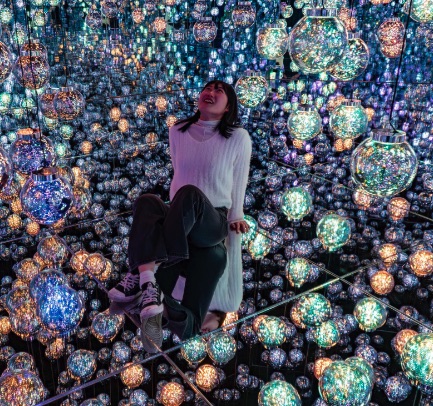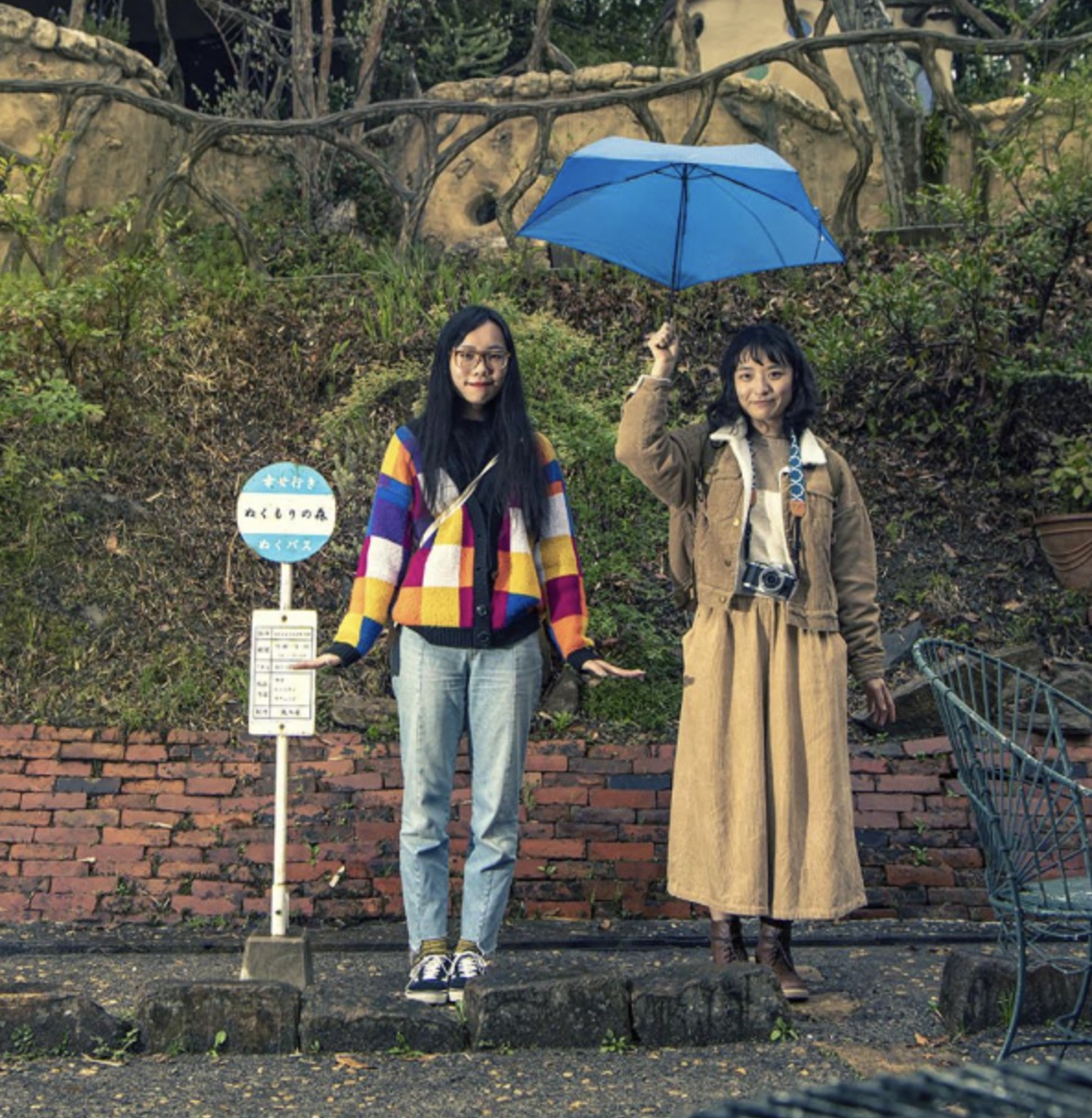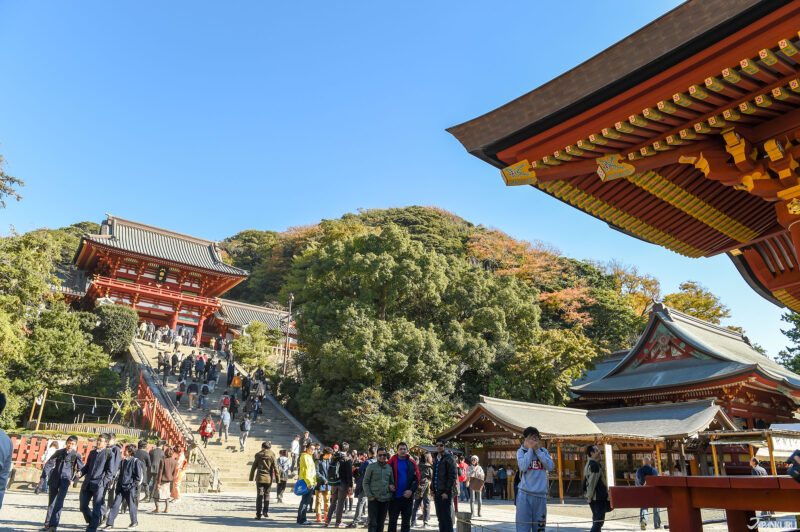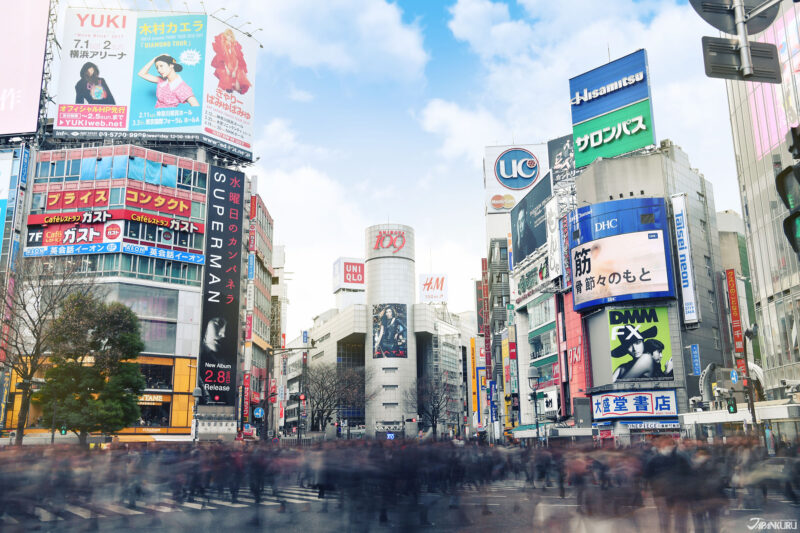
CONTENTS
2025 Public Holidays in Japan
When planning a trip to Japan, it’s tempting to base your travel dates entirely on your own schedule, whenever it’s easiest to take time off of work or school. But choosing the right (or wrong) time to travel can really make or break a vacation! Travel guides sometimes include advice about the spring (cherry blossoms are beautiful, but crowds are crazy) or summer (it’s hot and shockingly humid), but if you want every day of your trip to be better than the last, then you’ll need to check the calendar for Japan’s public holidays too. If your trip just happens to coincide with one of these special days, you’ll be competing with millions of office workers and students enjoying their day off, instead of just the standard crowd of fellow travelers. This can mean overcrowded tourist spots and skyrocketing travel costs – or in some cases, it can mean fun traditions and special events. To help you plan better, we’ve put together a complete list of Japan’s public holidays and major vacation periods in 2025 – make sure you give it a good look before planning your trip to Japan!
~ January

December 28, 2024 – January 5: Year-End / New Year Holidays
In Japan, the New Year’s holidays are possibly the most important yearly celebration of all, and the Year-End/New Year (年末年始) holiday season is one of the busiest for travel, visiting shrines and temples, and even shopping. The holiday is treated much like Christmas is in many other countries – people go home to spend time with their families, shop major sales, and participate in traditions like hatsumode. The result is heavily congested transportation along with costly flights and accommodations. Many shops close for the holidays, too, before they reopen to welcome crowds for New Year sales. It can be an interesting time to visit Japan, but any standard travel itineraries are unlikely to go as planned! In January 2025, the holidays lasted until January 5th.
February ~ March

February 11: National Foundation Day
February 11th marks Japan’s National Foundation Day (建国記念の日), said to be the date when the legendary Emperor Jimmu ascended the throne as the first-ever Emperor of Japan. There’s not much going on in the way of traditional celebrations, but since the holiday falls on a Tuesday in 2025, many people are likely to take the Monday off to make it a 4-day weekend – perfect for domestic travel. Resorts, leisure facilities, and other destinations are going to be packed from February 8th to 11th – avoid these dates if possible.
February 23: Emperor’s Birthday
February 23rd is the Emperor’s Birthday (天皇誕生日), celebrating Japan’s current Emperor Naruhito. However, since the Emperor’s birthday falls on a Sunday in 2025, the public holiday will be moved to Monday, February 24th, instead. This creates a 3-day weekend from February 22nd to 24th, another period to watch out for due to potential crowds.
March 20: Spring Equinox
March 20th is the Spring or Vernal Equinox (春分の日) in Japan, and while some people use the day to visit ancestors’ graves or pray at a shrine, most use the day for relaxation. As March 20th is a Thursday, there’s the potential for another 4-day weekend from March 20th to 23rd. This time of year is tempting for travelers looking to catch the earliest days of cherry blossom season, but due to the potential for an extended weekend, it’s likely to be crowded!
April ~ May
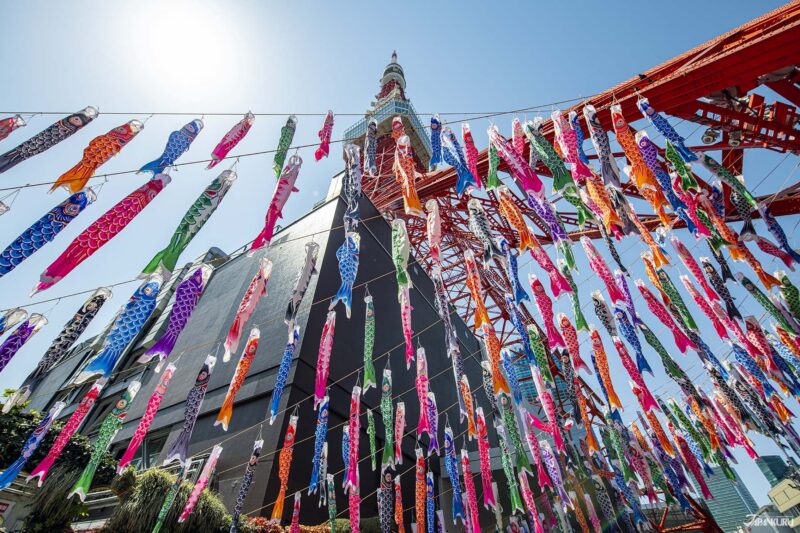
April 26 – May 6: Golden Week
Another of Japan’s major vacation periods, Golden Week (ゴールデンウィーク) is one of the longest, and in 2025 it stretches from April 26th to May 6th. Office workers with generous employers might get this entire span off as vacation, and many more will take a few extra days of PTO to create a lengthy 11-day holiday, but Golden Week revolves around a base of four public holidays:
April 29: Showa Day (昭和の日) – in honor of Emperor Showa (Hirohito).
May 3: Constitution Memorial Day (憲法記念日) – established to commemorate the enactment of Japan’s constitution, and Japanese history in general.
May 4: Greenery Day (みどりの日) – confusingly, Greenery Day also stems from a celebration of Emperor Showa’s birthday. However, the name was changed after the Emperor’s death, honoring his love of plants. Greenery Day is seen as an opportunity to appreciate nature, and many gardens will host special events or allow free entry in celebration – fun, but crowded.
May 5: Children’s Day (子供の日) – perhaps more accurately referred to as “Boy’s Day,” Children’s Day is widely celebrated in Japan, and the fish-shaped flags are iconic. 
May 6: Greenery Day – Observed – a day off in place of Greenery Day, which is on a Sunday in 2025.
With as many as 11 consecutive days off, all kinds of tourist destinations are going to be packed, and prices for accommodations and transportation will go through the roof. Unless you want to be awash in a sea of people, or plan meticulously to avoid the crowds, we wouldn’t recommend visiting Japan during Golden Week.
June ~ July
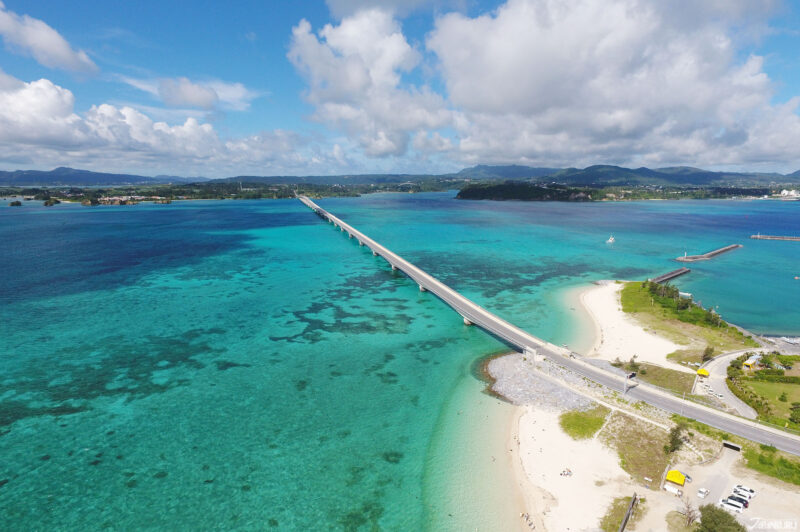
▶︎ For the working public of Japan, June is an unfortunate dry spell, with not a single public holiday. On the other hand, it’s a pretty good time for travelers to visit! While locals are hard at work, travelers can enjoy the early days of the Japanese summer, before the humidity establishes itself in earnest!
July 21: Marine Day
July 21 is Marine Day (海の日), or more literally translated, “Ocean Day.” Beaches are likely to be crowded, but it’s really just a coincidence, since there are no traditional celebrations for this recently-instituted public holiday. Since Marine Day always falls on the third Monday in July, it’s just an ideal time to enjoy a 3-day weekend by the sea! The 2025 dates, from July 19th to 21st, also coincide with summer vacation for many schools, so you can expect all kinds of sightseeing spots to be packed.
August ~ September
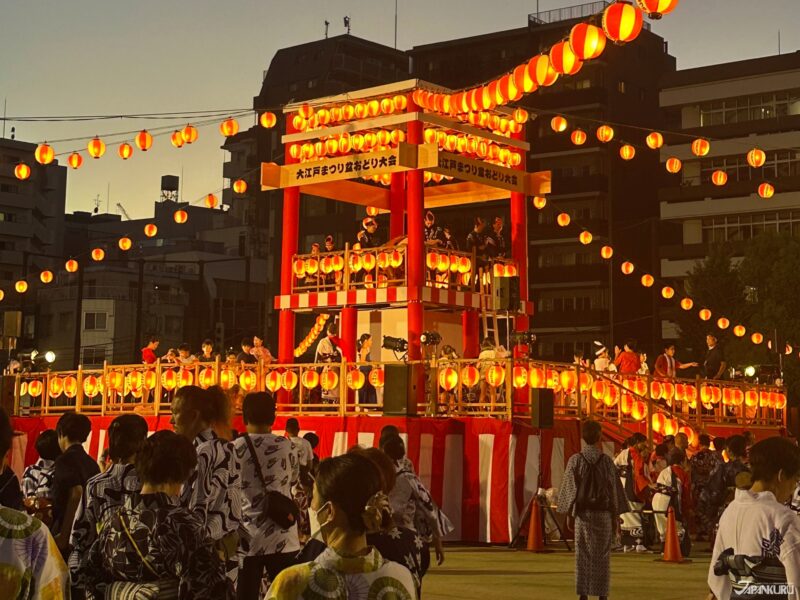
August 11: Mountain Day
August 11 is Mountain Day (山の日), another of Japan’s recent additions to the public holiday calendar. Although Mountain Day is celebrated on August 11th every year, in 2025 it happens to fall on a Monday, leading to another 3-day weekend from August 9th to 11th. This also overlaps with the summer holiday season, making it another weekend to avoid.
August 13 – 16: Obon
The last of Japan’s three major vacation periods, Obon (お盆) is a traditional Japanese festival in mid-August, and also a common period for companies to give time off for summer vacation. During the festival, spirits are said to temporarily return to the world of the living, so many people visit home for a few days – tending to ancestral graves, and spending time with relatives. Others simply use the time for travel or relaxation. In 2025, the festival itself will last from August 13th to 16th, and many people use PTO to extend their vacation. It’s a fun time of year to enjoy summer festivals, but with so many people traveling domestically, transportation, accommodations, and sightseeing spots will again be extremely crowded. Even if you’re aiming for a summer trip, try to avoid this week!
September 15: Respect for the Aged Day
September 15 is a day of honoring one’s elders, called Respect for the Aged Day (敬老の日), but there’s not much to do if you don’t have older relatives in Japan! Avoid the busy 3-day weekend from September 13th to 15th.
September 23: Autumn Equinox
September 23 is the Autumn Equinox (秋分の日), and it happens to be a Tuesday. With the potential for another 4-day weekend from September 20th to 23rd, it’s worth avoiding if you can.
October ~ November

October 13: Sports Day
October 13 marks Sports Day (スポーツの日), originally established in commemoration of the opening of the 1964 Summer Olympics in Tokyo. If you are interested in participating in local sporting events in Japan, this might be a good day to visit, but most visitors will want to avoid the 3-day weekend from October 11th to 13th.
November 3: Culture Day
November 3 is Culture Day (文化の日), and it’s one of the few days you might want to actually consider aiming for, depending on your travel style. To celebrate cultural expression of all kinds, many museums, galleries, and other facilities offer free entrance (or special events) on Culture Day. If you’re traveling on a budget and you don’t mind massive crowds, the weather is beautiful at this time of year, too! Otherwise, avoid the 3-day weekend from November 1st to 3rd.
November 23: Labor Thanksgiving Day
November 23 is Labor Thanksgiving Day (勤労感謝の日) – not to be mistaken for American or Canadian Thanksgiving. In ancient times, Japan’s “Labor Day” was once a harvest festival, but these days it’s just another public holiday. Since it falls on a Sunday in 2025, Labor Thanksgiving Day will be observed on Monday, November 24th, creating a 3-day weekend starting on November 22nd.
December ~
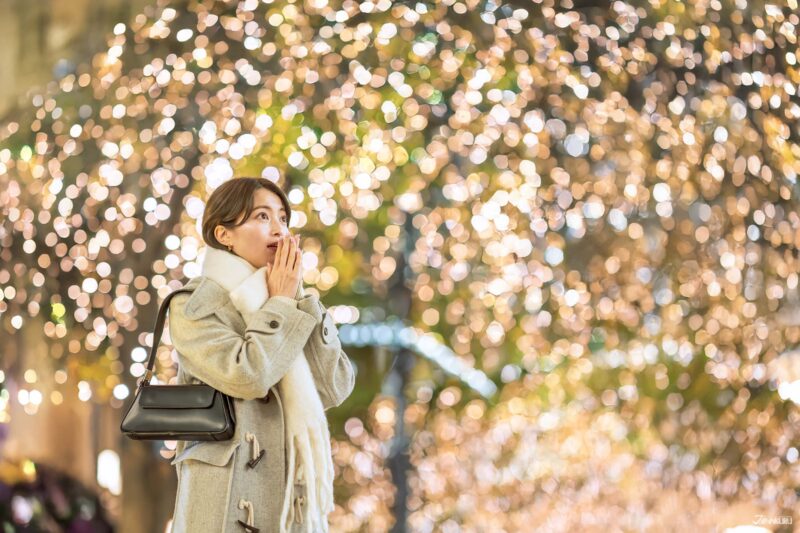
December 27 – January 4: Year-End / New Year Holidays
Again, the year comes to a close with the year-end holidays, which conspicuously do not include Christmas. Christmas is a work day for most of the general public, so visitors can expect to sightsee as normal – although the preponderance of romantic Christmas dates may drive up prices (and crowds) at nice restaurants and hotels. The real holidays don’t start until Saturday, December 27th, when Japan will once again buzz with the rush of families piling onto trains and planes and into cars to gather for the end of the year. It’s a festive time of year, but it’s busy, and opening hours are never certain! Visit at your own risk.
Everything You Need to Plan a Successful Trip to Japan
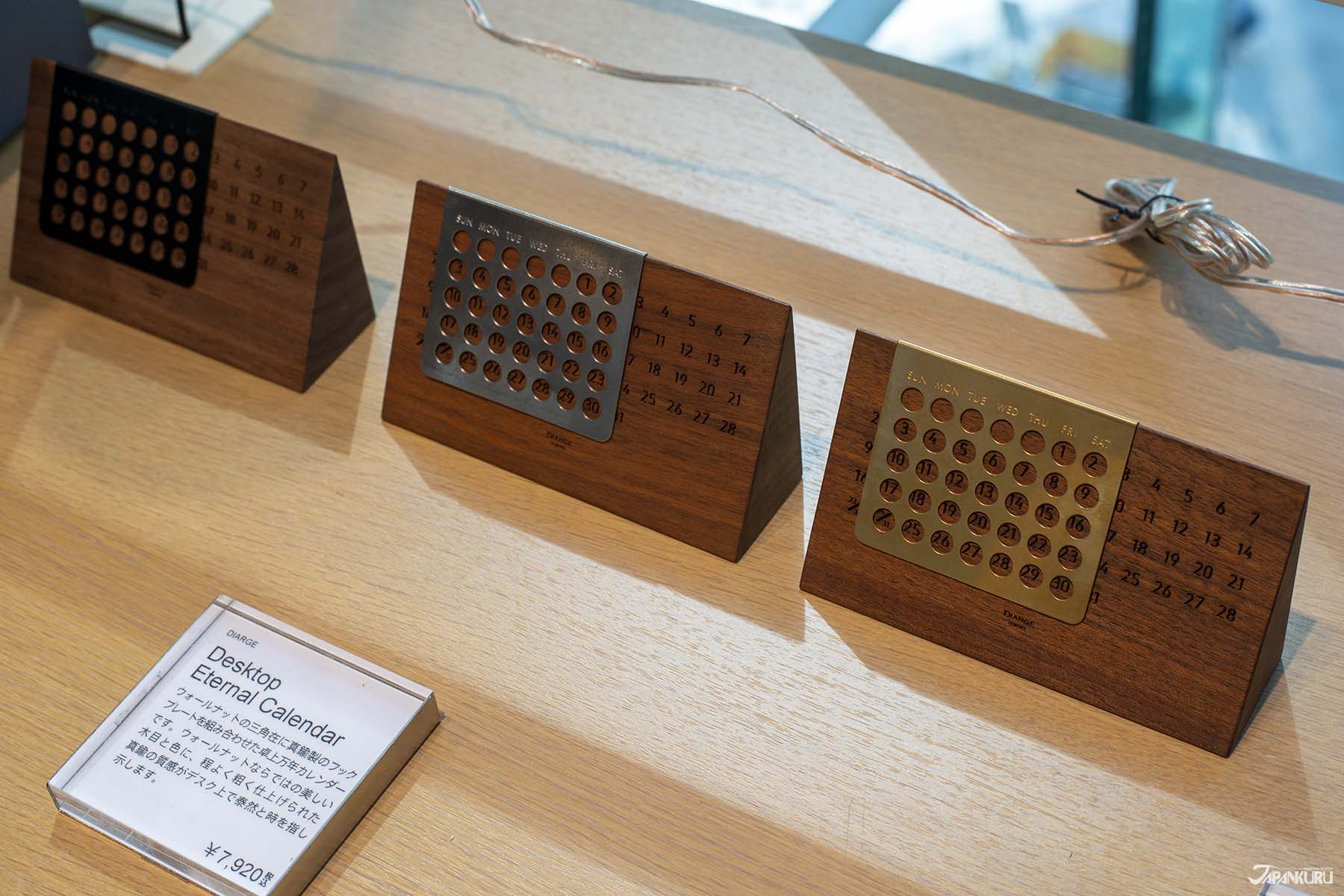
Consult this guide to Japan’s public holidays in 2025, and you’ll have just the leg up you need to pick the perfect travel dates this year. Check out our list of must-have items for your trip to Japan, and winter necessities for cold-weather trips, and you’ll be all set to make the most of your time in Japan this year!
For more info and updates from Japan, check Japankuru for new articles, and don’t forget to follow us on X (Twitter), Instagram, and Facebook!
Original Article in Korean by Heewon Kim
English Edition by Sophia Appelbaum
I'm a Korean in my 20s, and I've been living and working in Japan since I came here on a working holiday visa in 2023. I haven't been here for very long yet, but that means I'll be bringing you the freshest (?) takes on Japan from Gen Z!





 >> Find out more at Japankuru.com! (link in bio)
#
>> Find out more at Japankuru.com! (link in bio)
#





 The Robot Restaurant is gone, but the Samurai Restaurant is here to take its place. Check it out, and don't forget your coupon!
The Robot Restaurant is gone, but the Samurai Restaurant is here to take its place. Check it out, and don't forget your coupon!
 신주쿠의 명소 로봇 레스토랑이 사무라이 레스토랑으로 부활! 절찬 쿠폰 발급중
신주쿠의 명소 로봇 레스토랑이 사무라이 레스토랑으로 부활! 절찬 쿠폰 발급중
 18歲以上才能入場的歌舞秀,和你想的不一樣!拿好優惠券去看看~
#tokyo #shinjuku #samurairestaurant #robotrestaurant #tokyotrip #도쿄여행 #신주쿠 #사무라이레스토랑 #이색체험 #할인이벤트 #歌舞伎町 #東京景點 #武士餐廳 #日本表演 #日本文化體驗 #japankuru #japantrip #japantravel #japanlovers #japan_of_insta
18歲以上才能入場的歌舞秀,和你想的不一樣!拿好優惠券去看看~
#tokyo #shinjuku #samurairestaurant #robotrestaurant #tokyotrip #도쿄여행 #신주쿠 #사무라이레스토랑 #이색체험 #할인이벤트 #歌舞伎町 #東京景點 #武士餐廳 #日本表演 #日本文化體驗 #japankuru #japantrip #japantravel #japanlovers #japan_of_insta
 코지마 x 빅 카메라 쿠폰으로 일본 가전 제품 쇼핑하기
#pr #japankuru #japanshopping #kojima #biccamera #japaneseskincare #yaman #dji #osmopocket3 #skincaredevice #日本購物 #美容儀 #相機 #雅萌 #日本家電 #일본여행 #면세 #여행꿀팁 #일본쇼핑리스트 #쿠폰 #일본쇼핑 #일본브랜드 #할인 #코지마 #빅카메라 #japankurucoupon
코지마 x 빅 카메라 쿠폰으로 일본 가전 제품 쇼핑하기
#pr #japankuru #japanshopping #kojima #biccamera #japaneseskincare #yaman #dji #osmopocket3 #skincaredevice #日本購物 #美容儀 #相機 #雅萌 #日本家電 #일본여행 #면세 #여행꿀팁 #일본쇼핑리스트 #쿠폰 #일본쇼핑 #일본브랜드 #할인 #코지마 #빅카메라 #japankurucoupon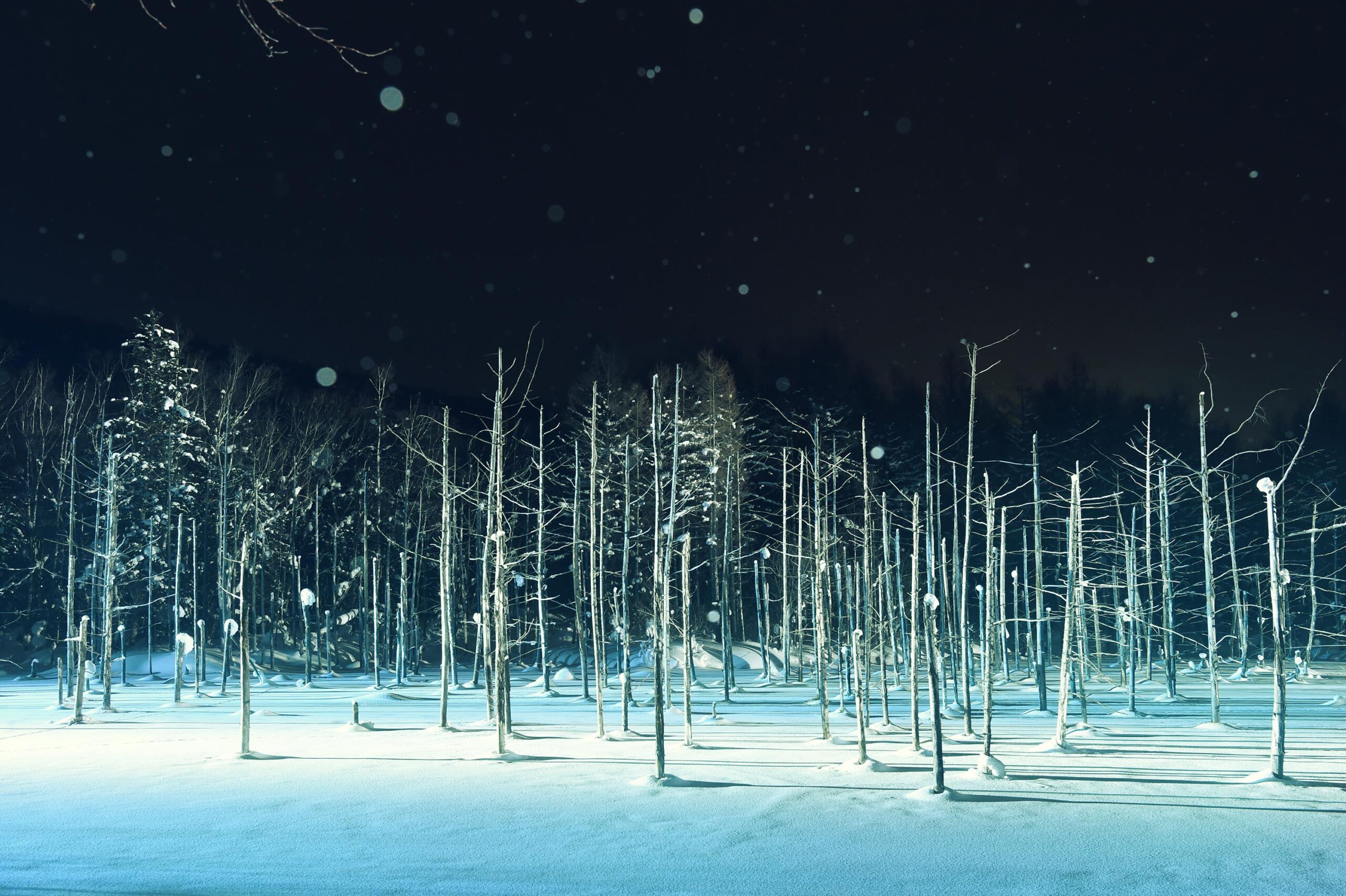
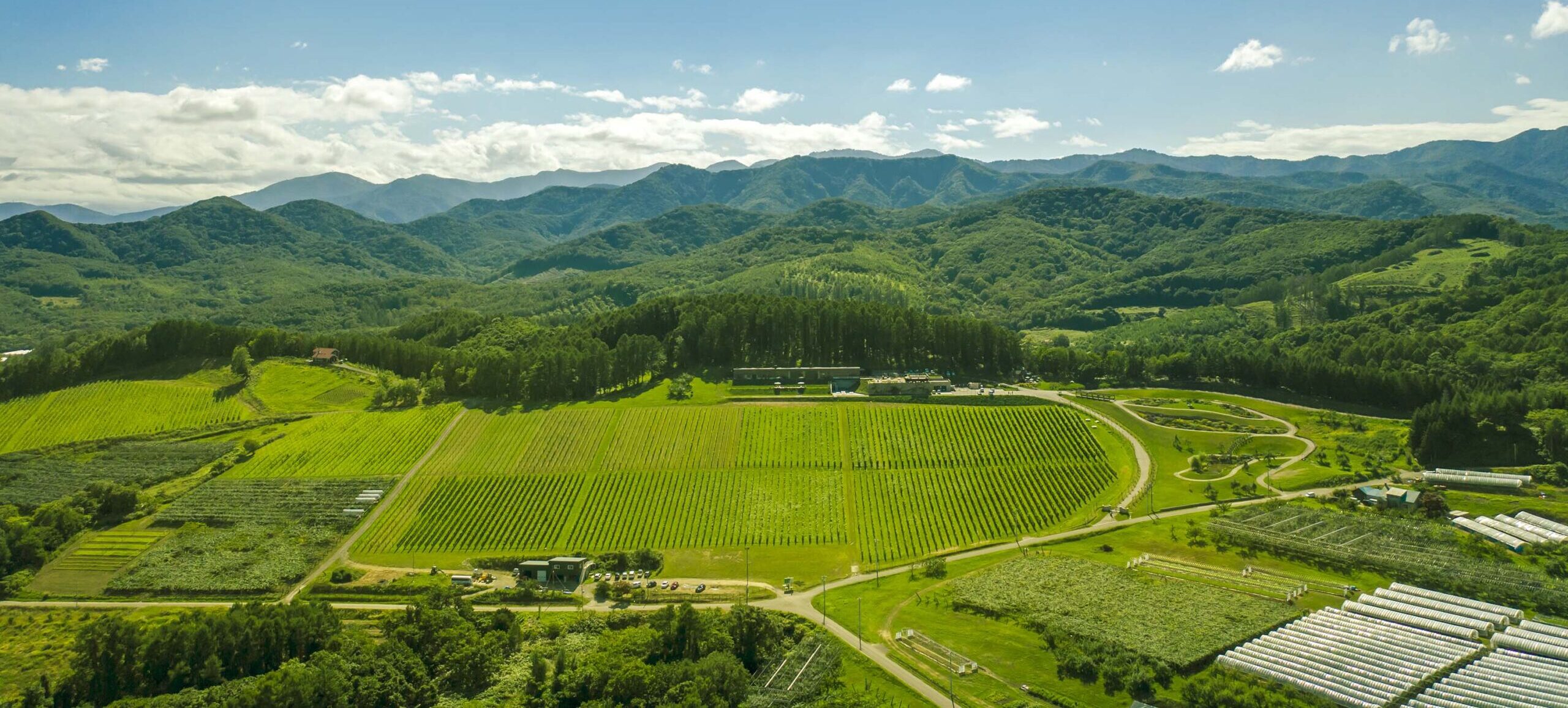
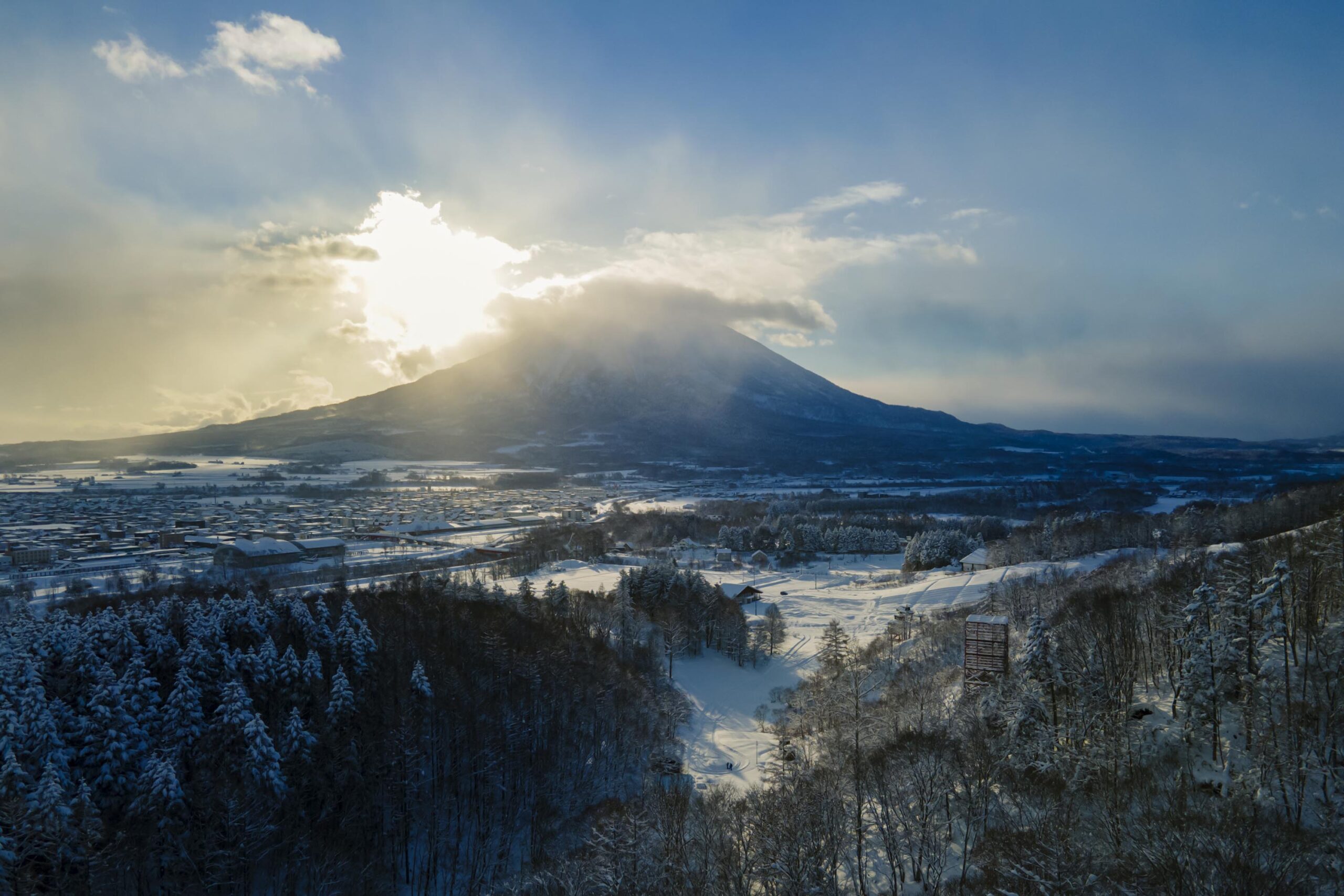
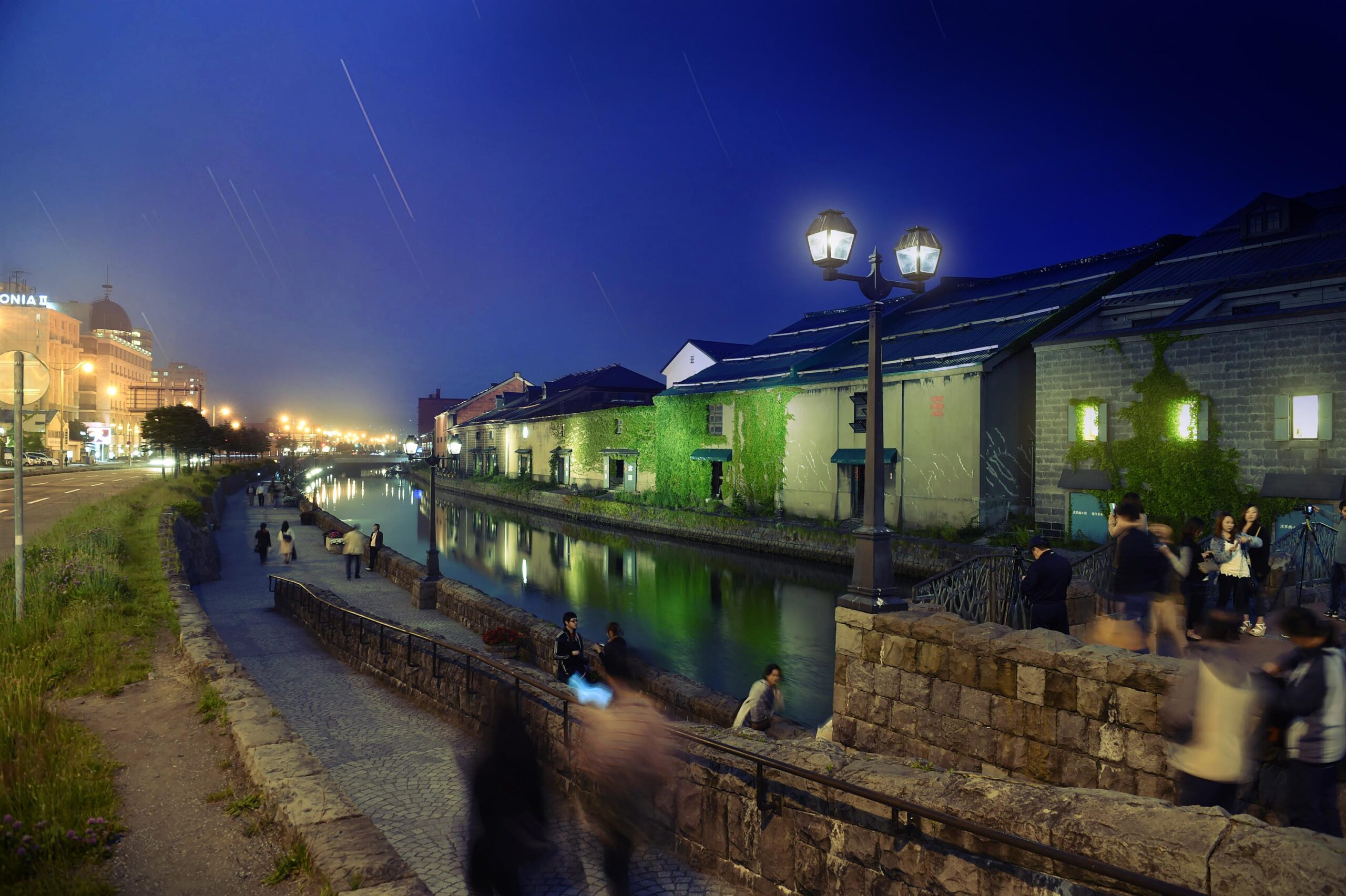
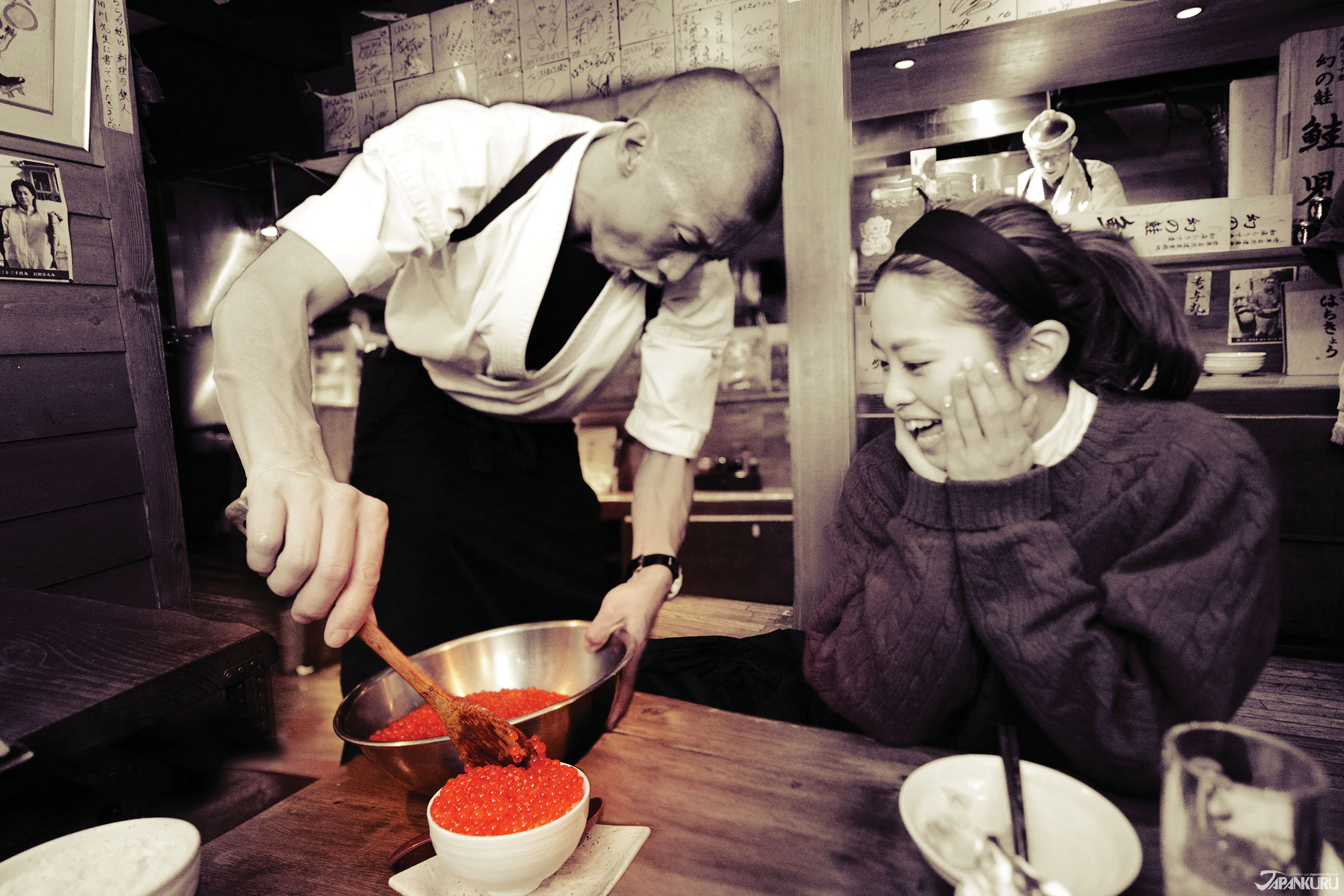
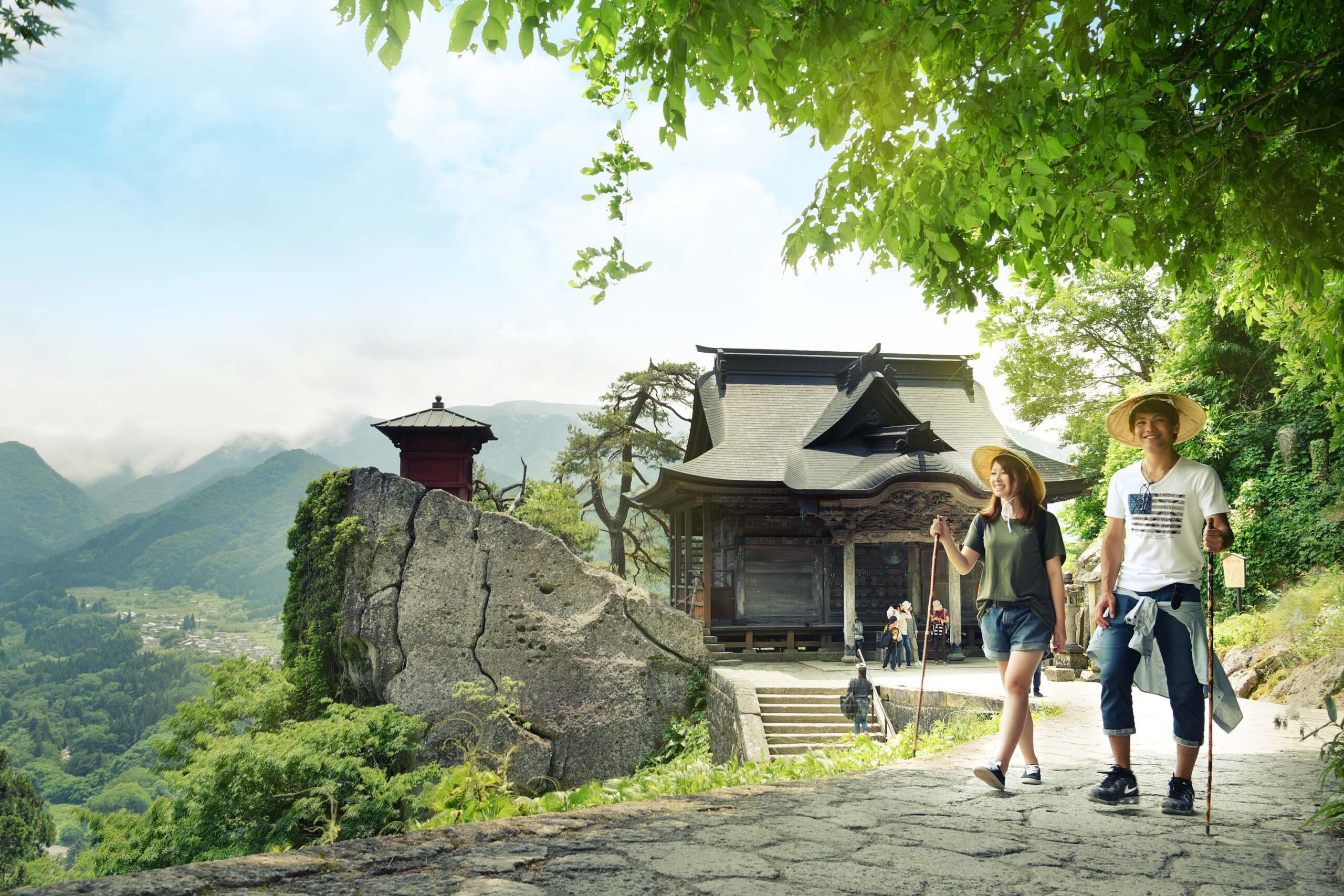
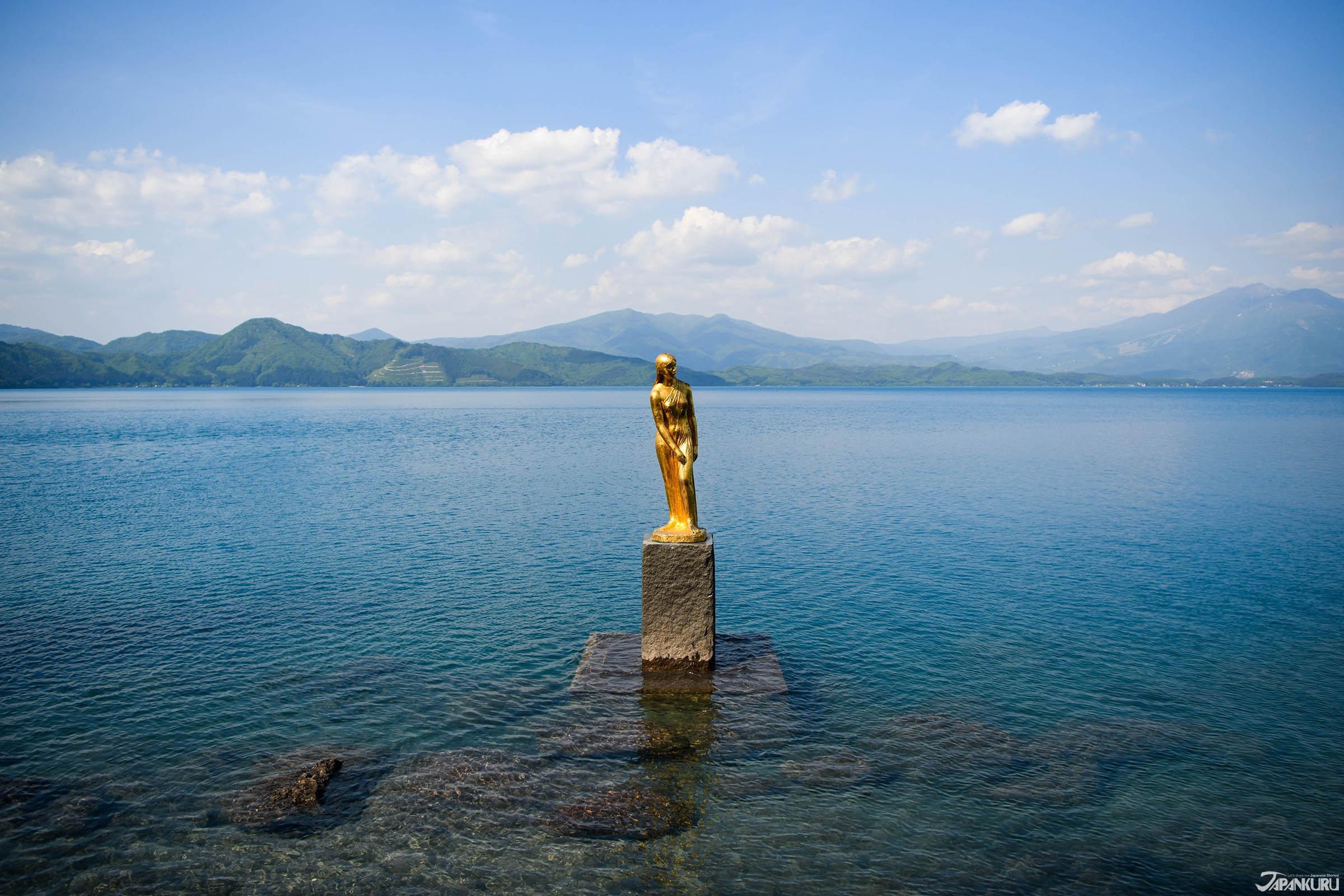

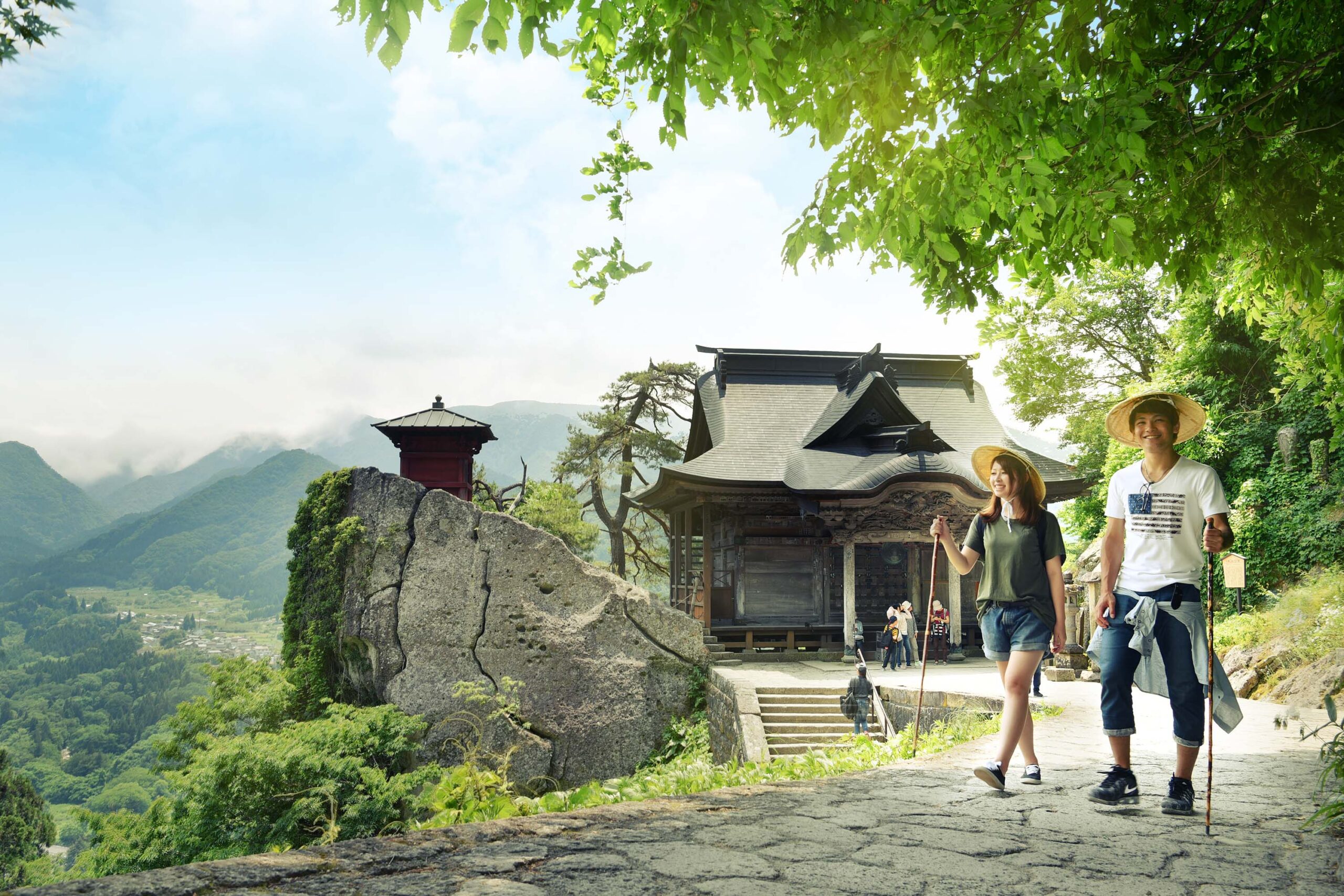
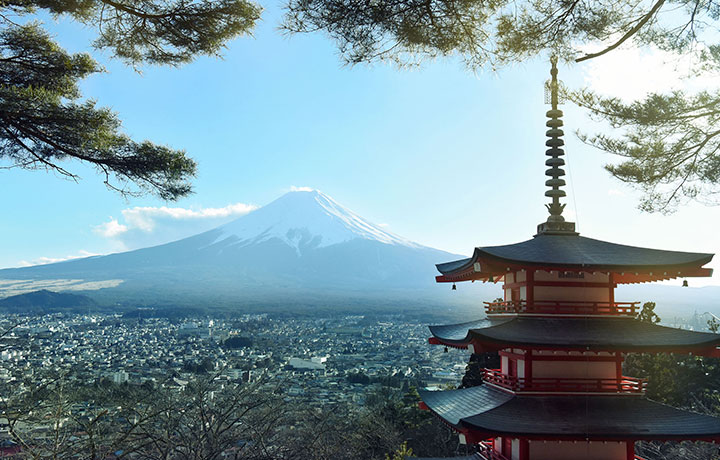
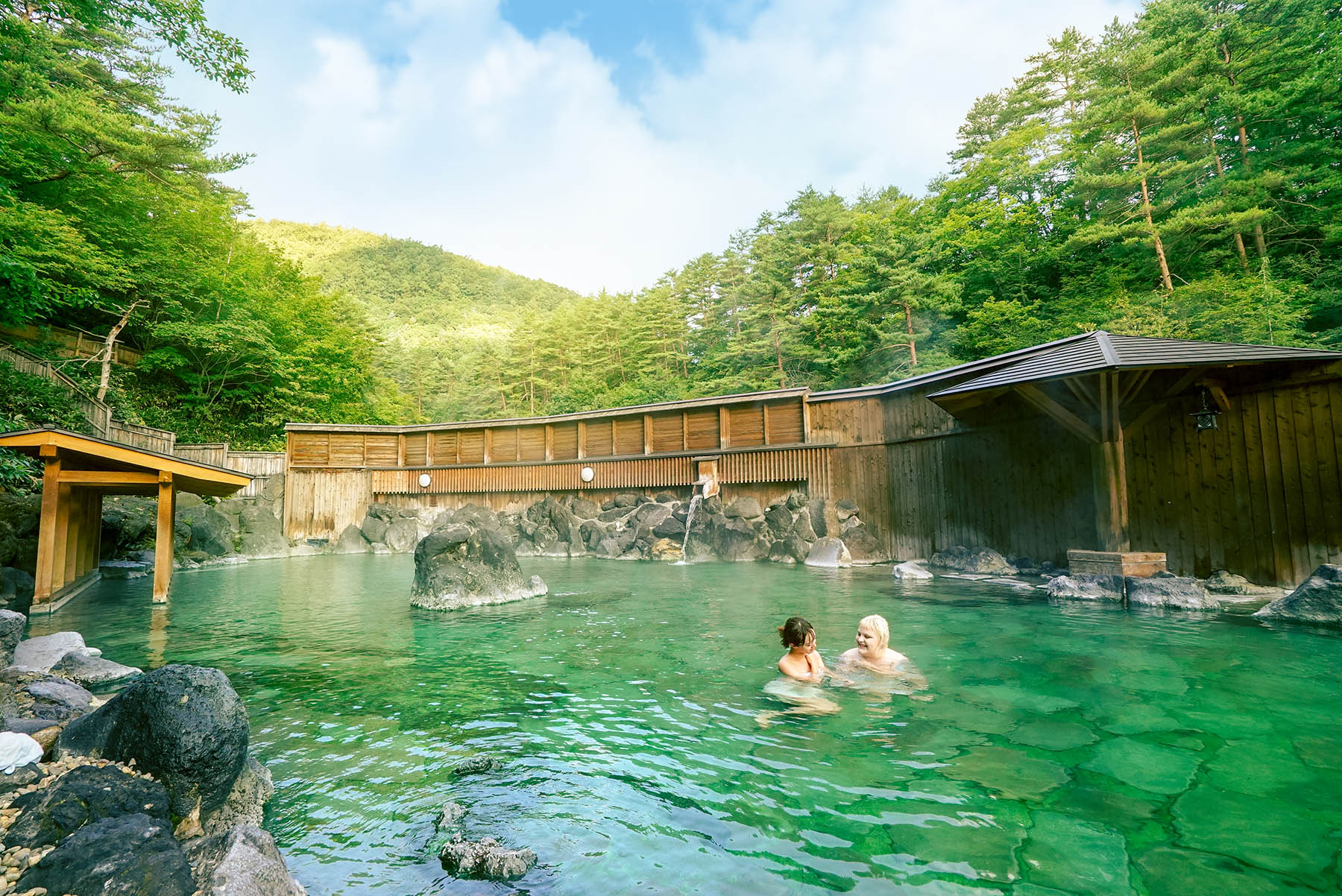

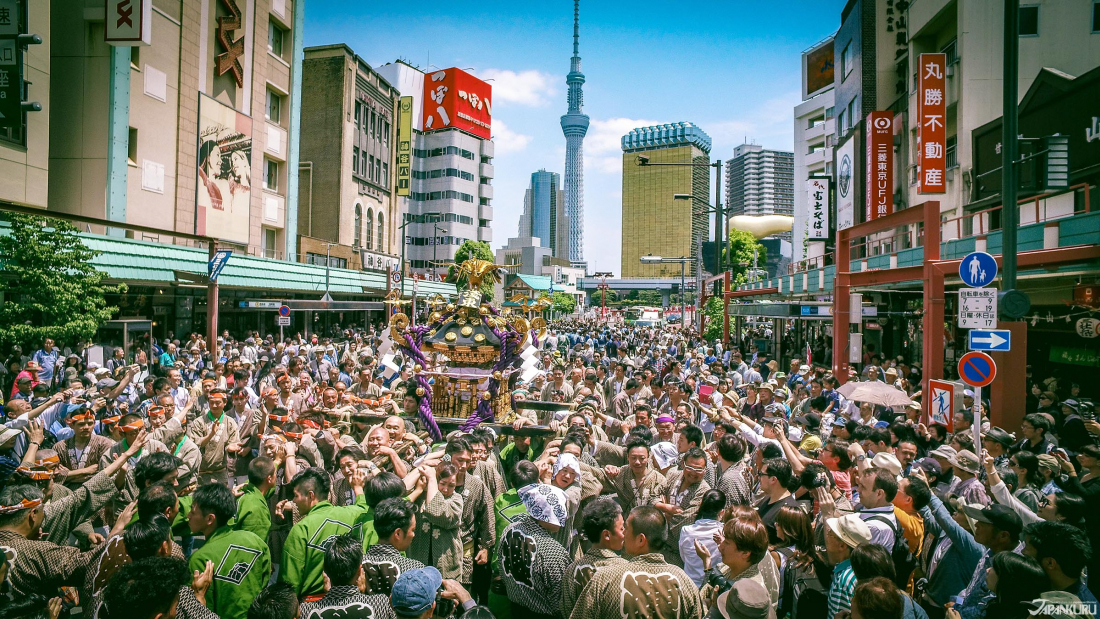
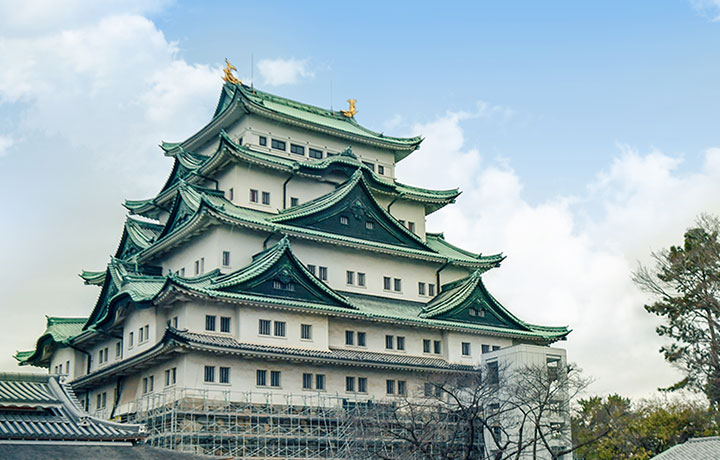
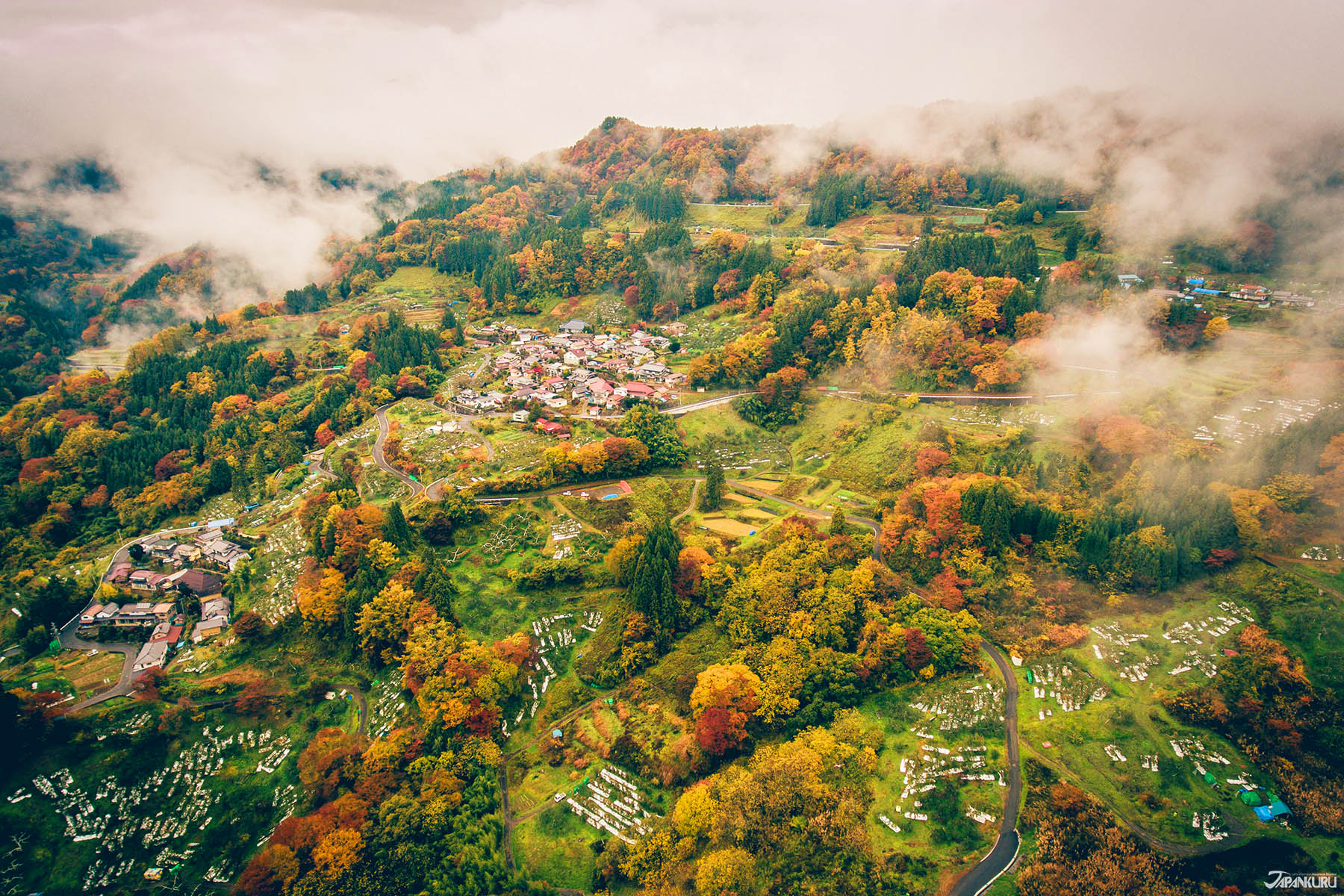
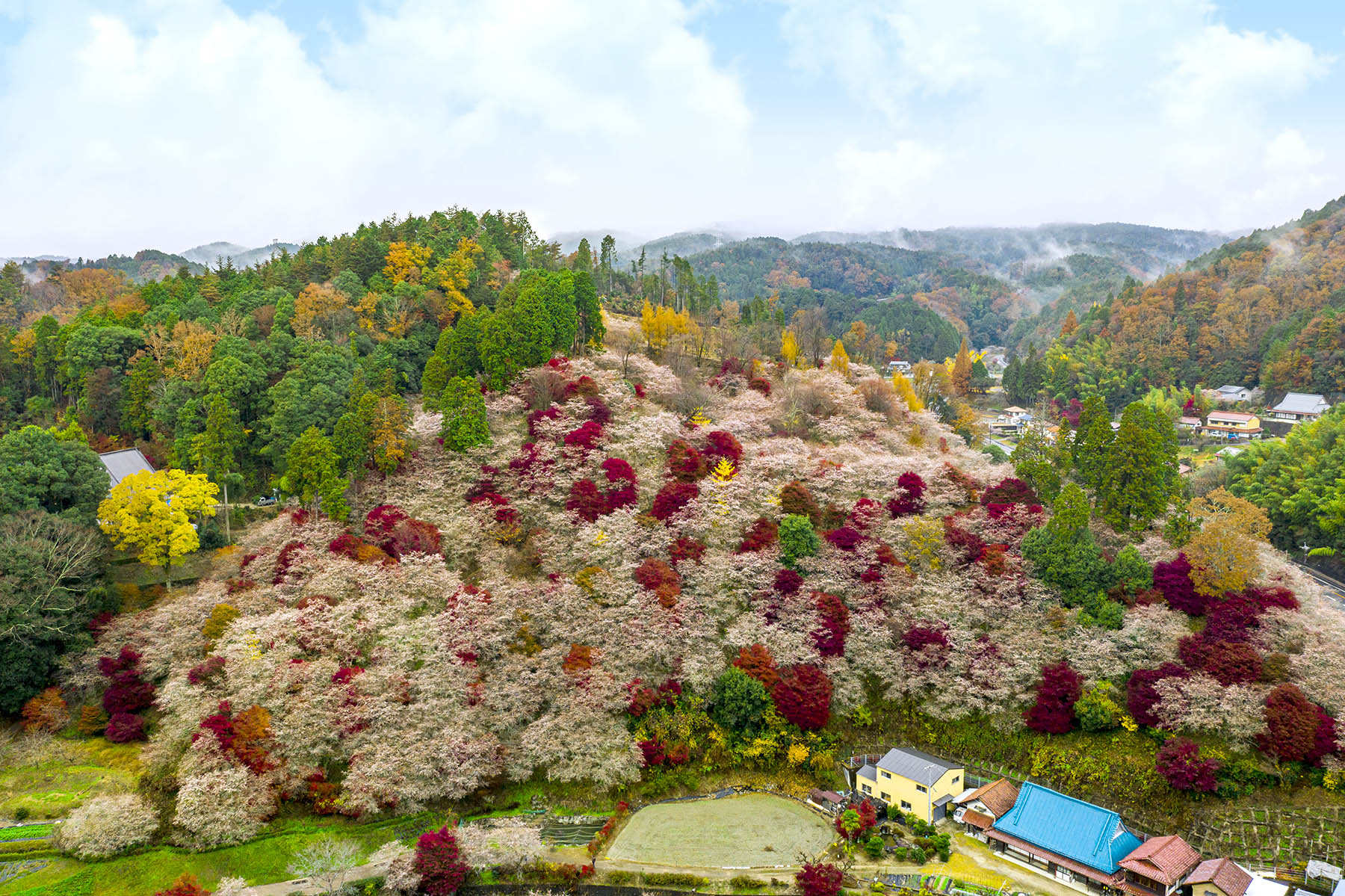
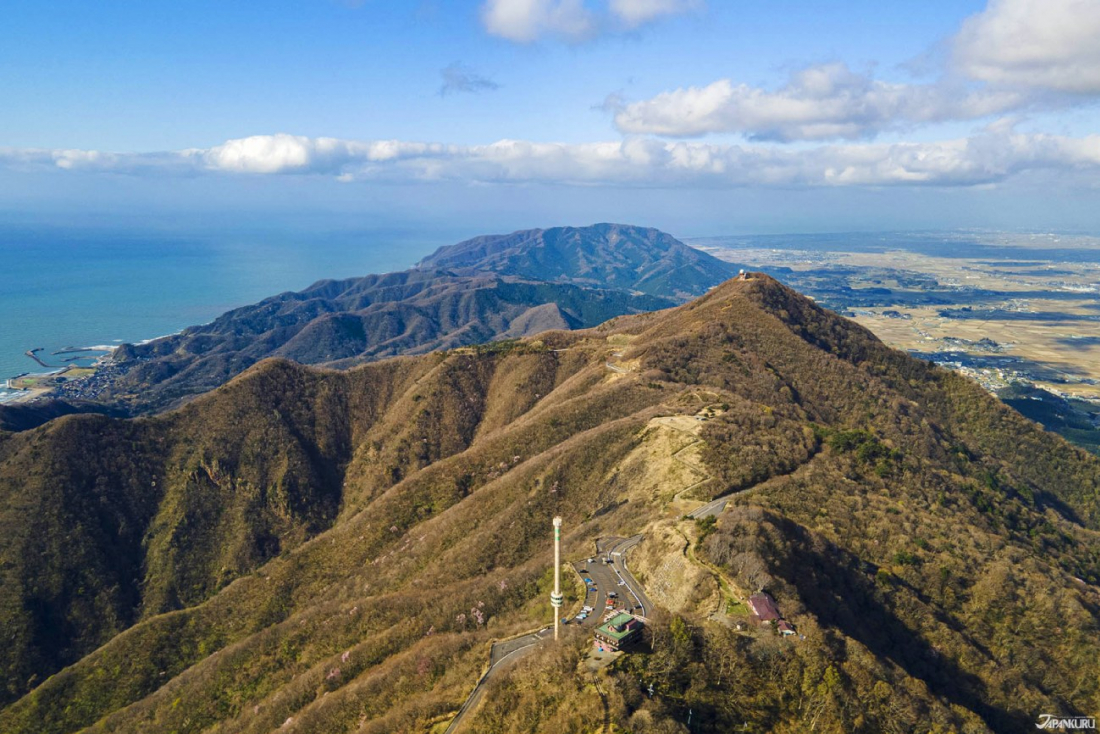
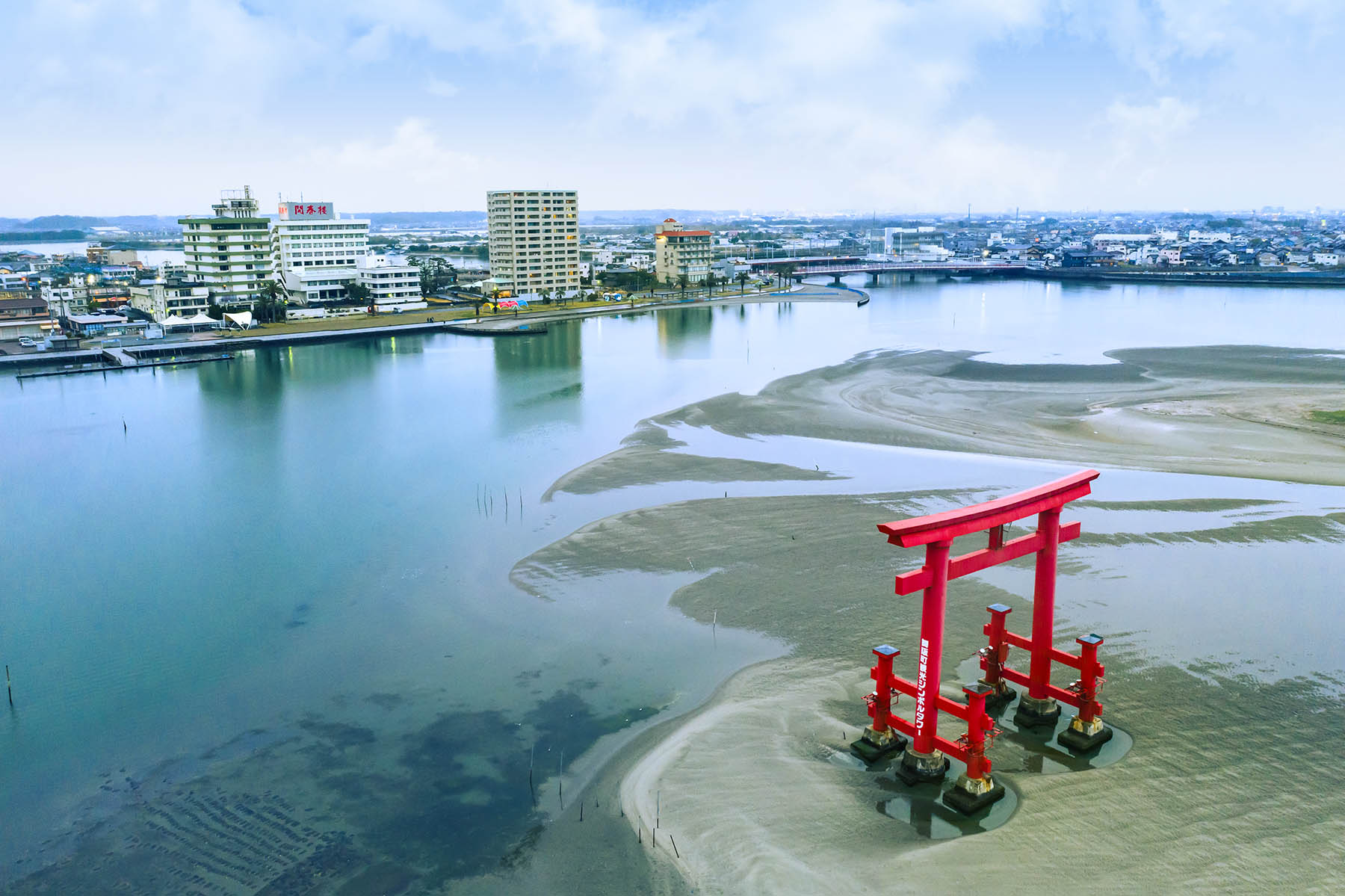
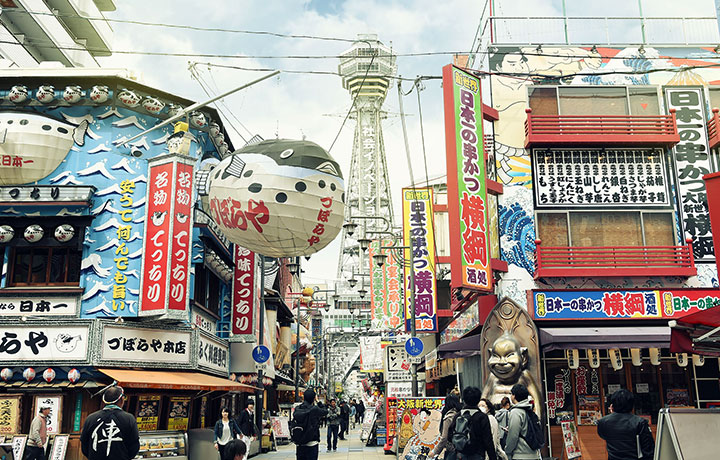

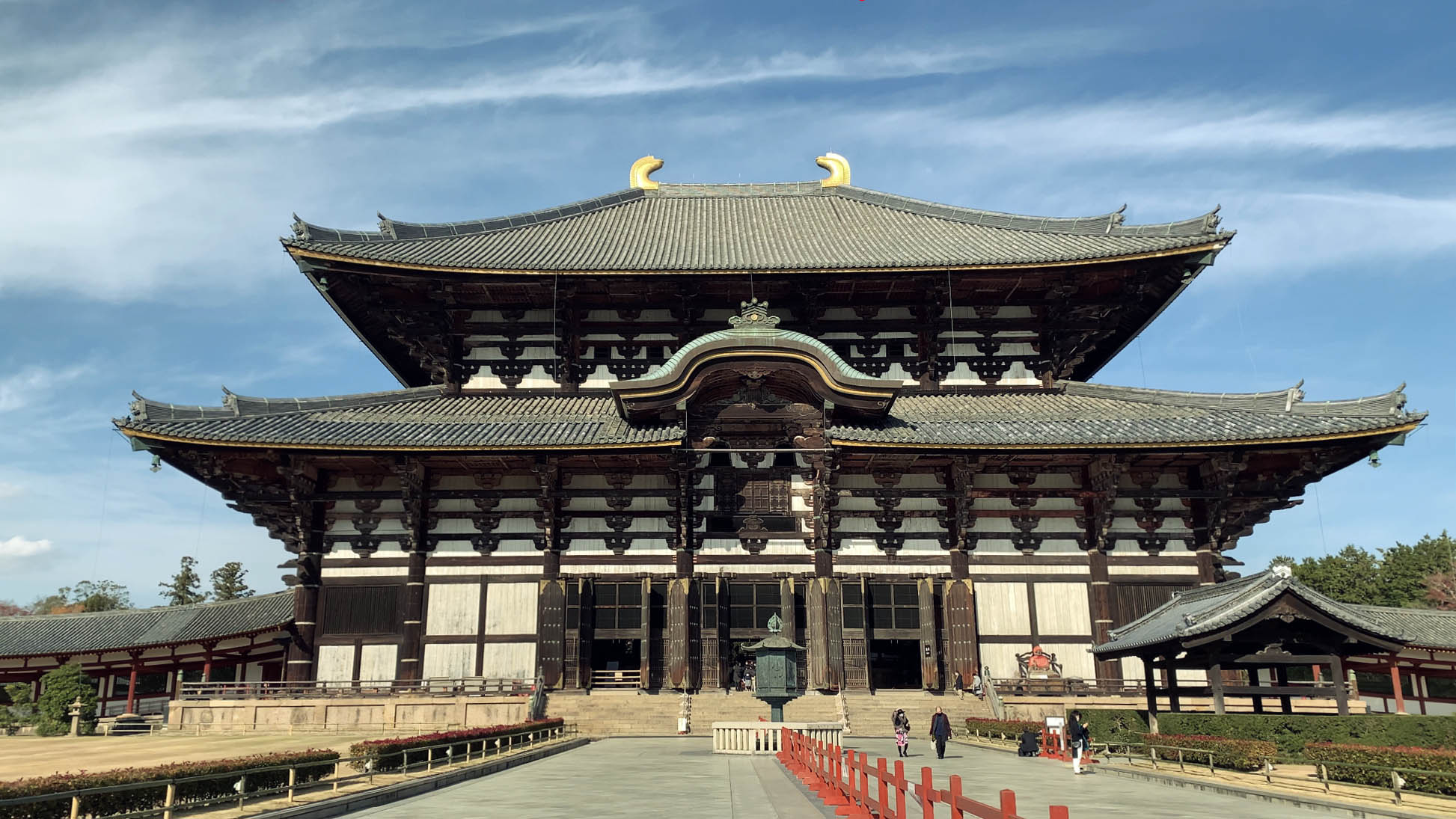
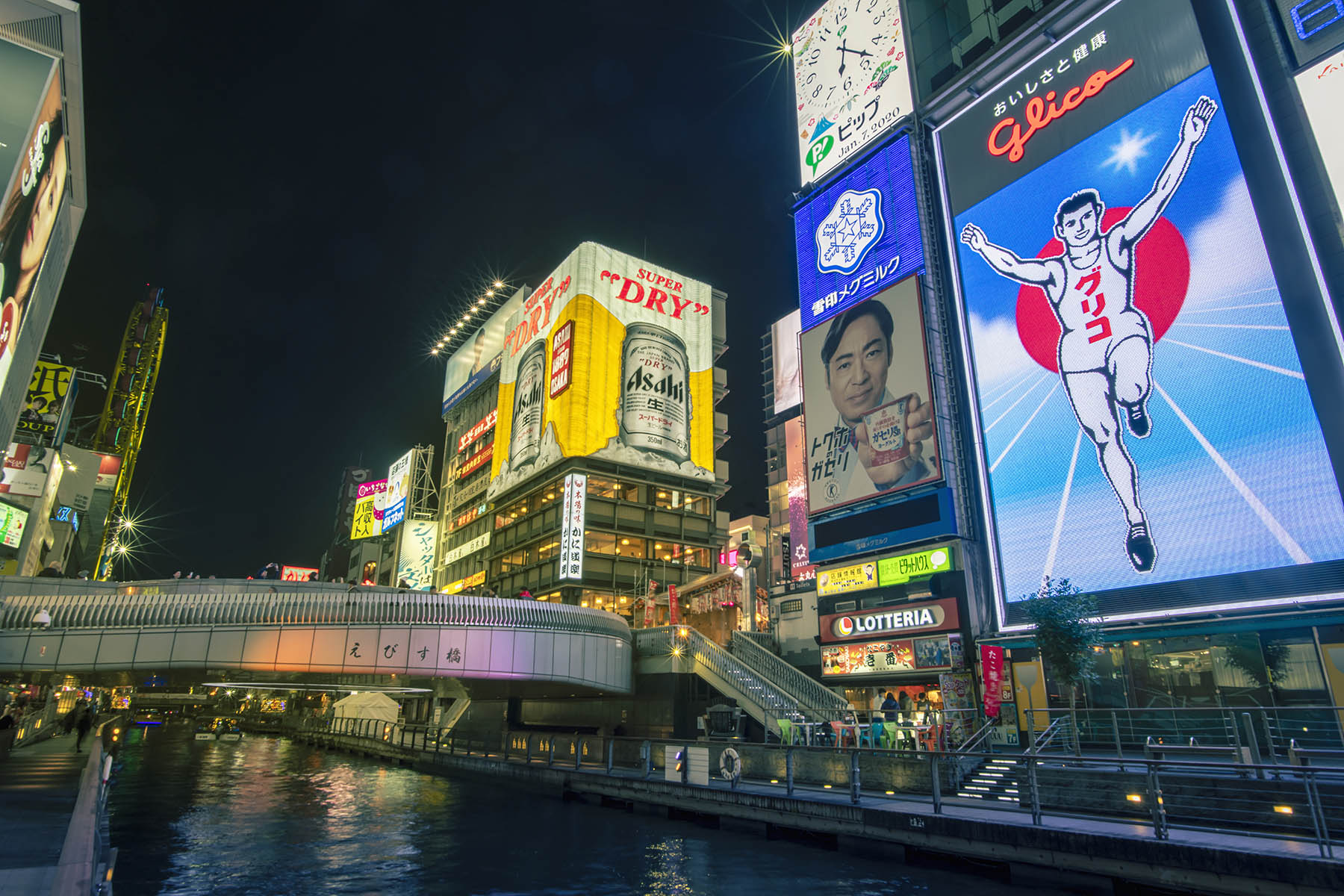
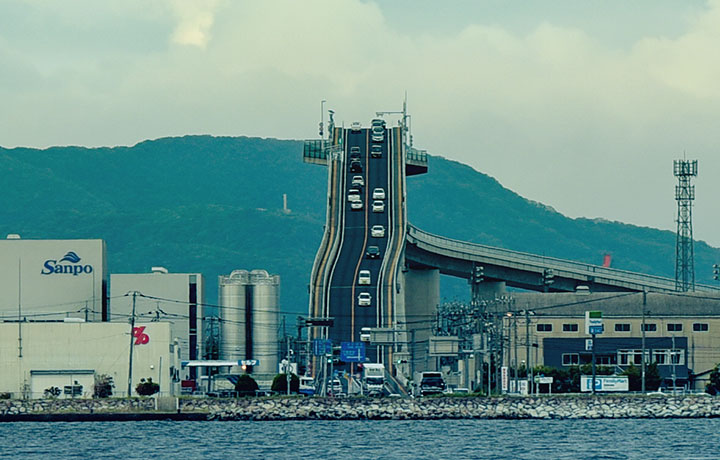
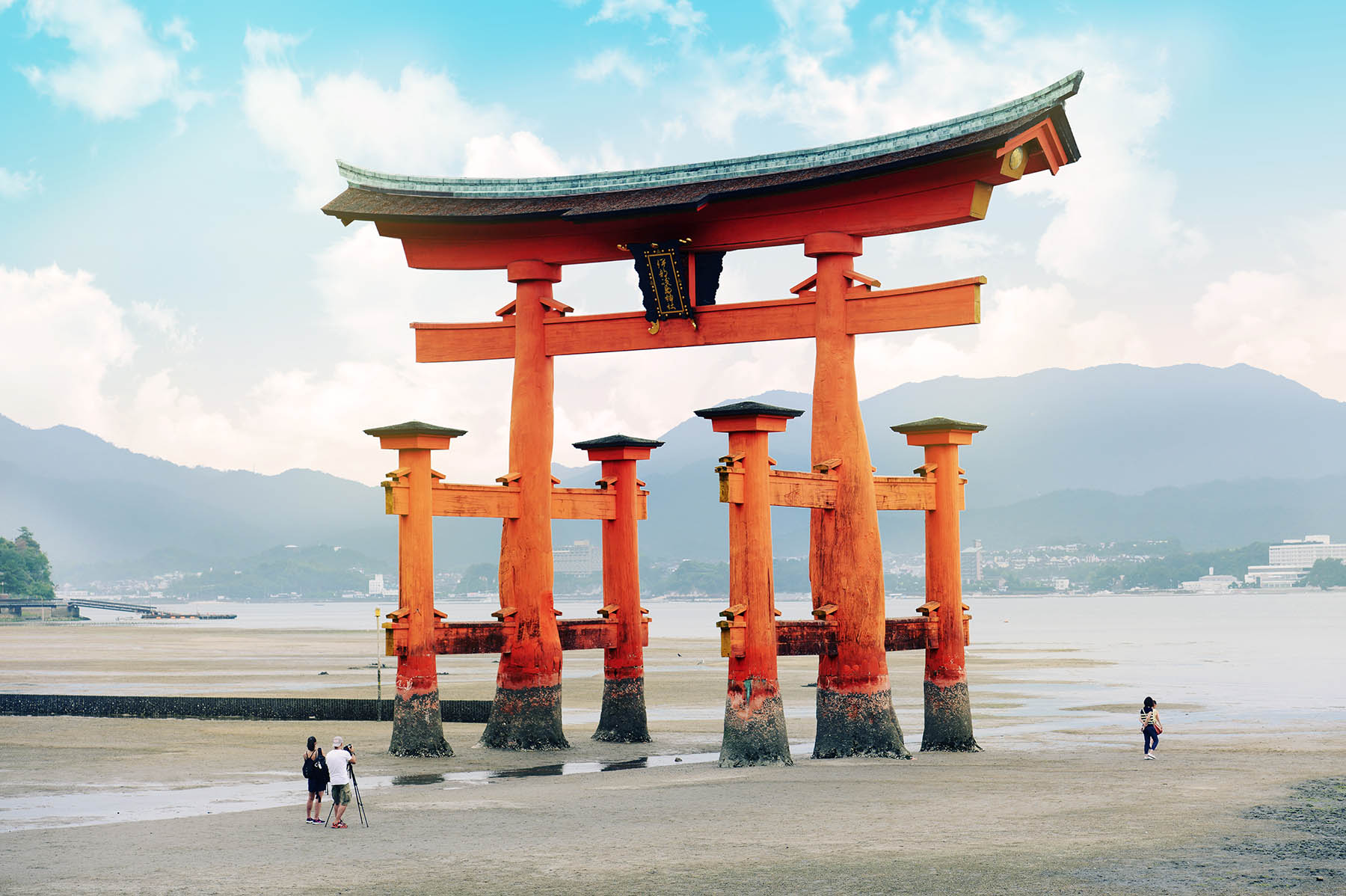
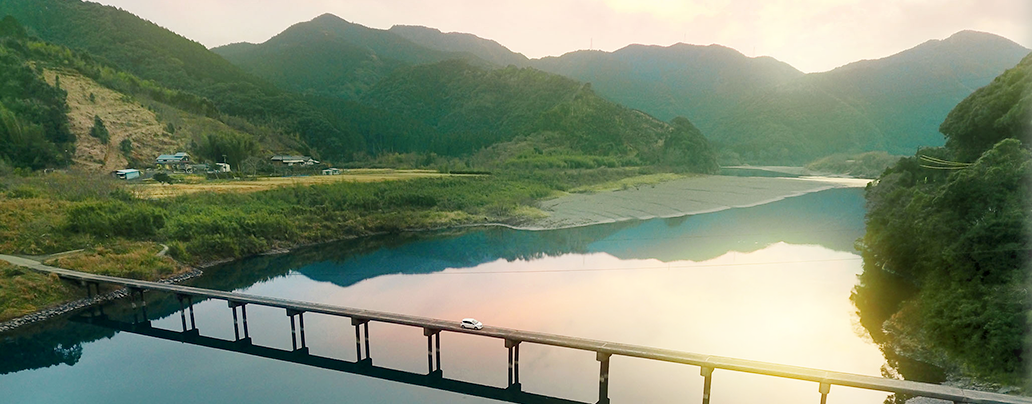
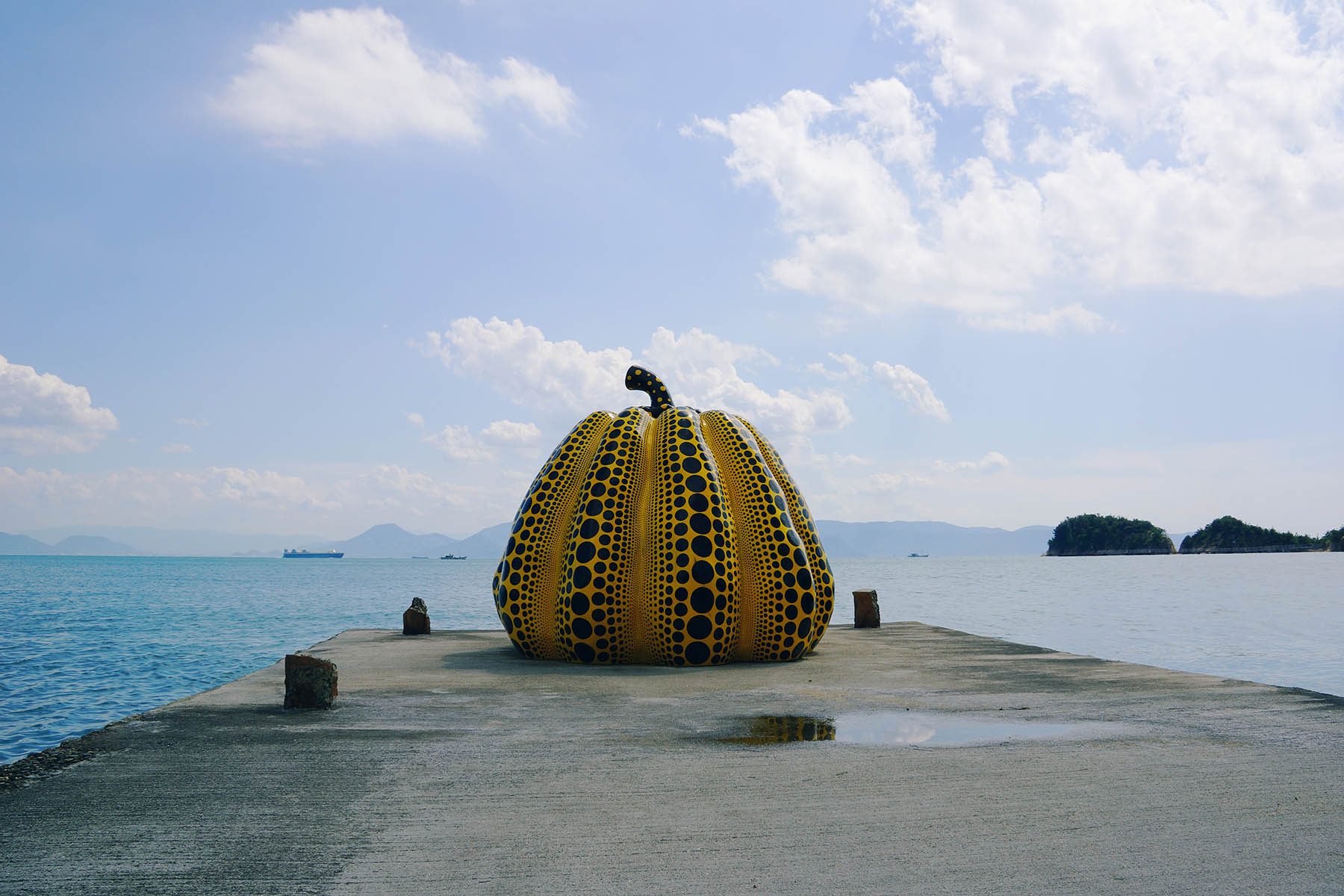
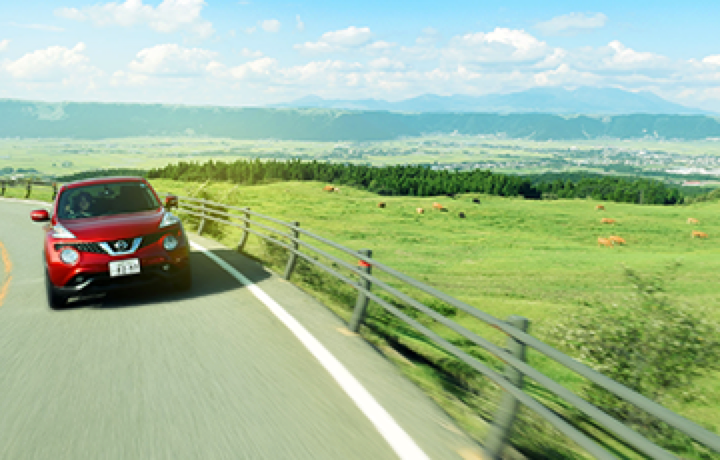
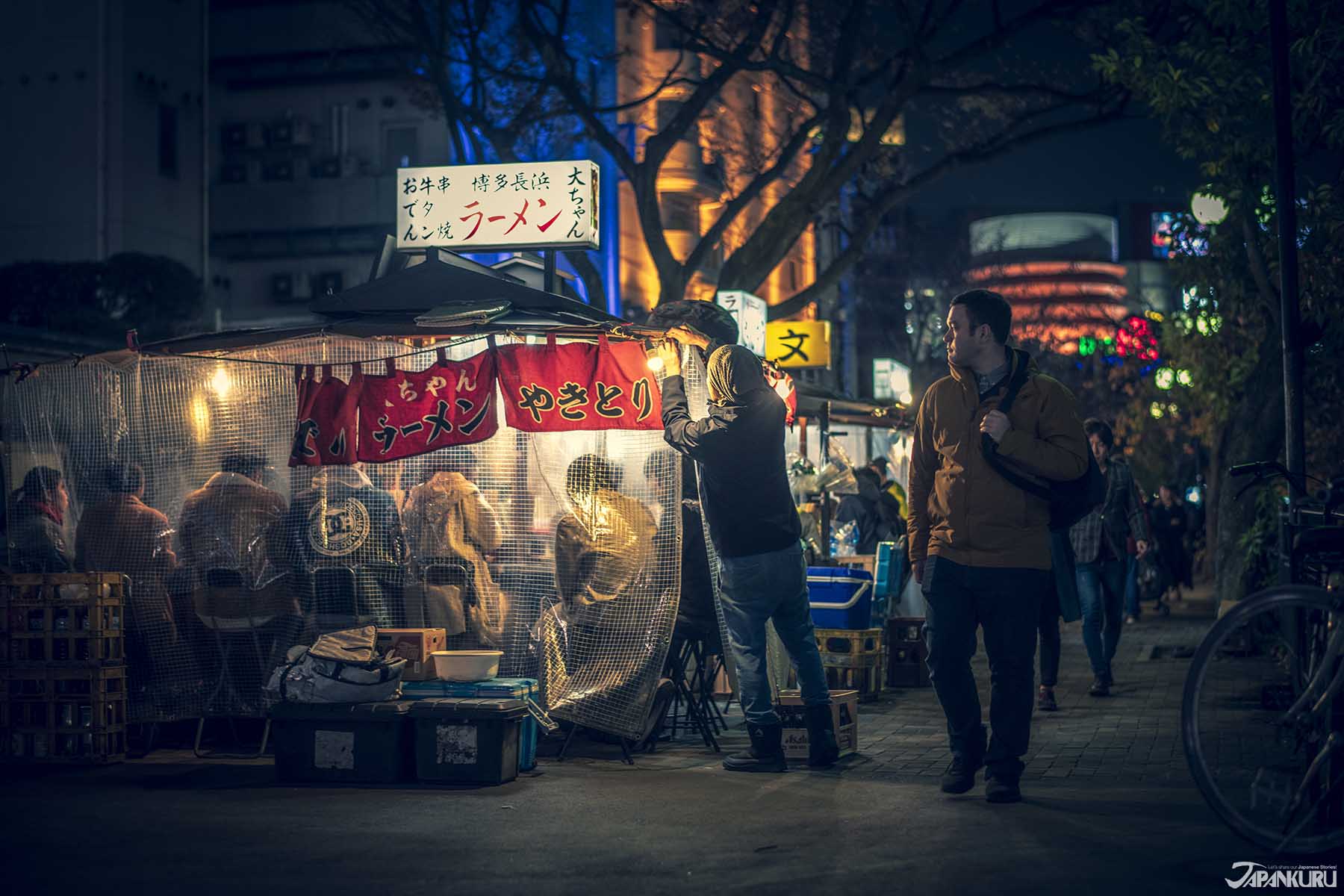
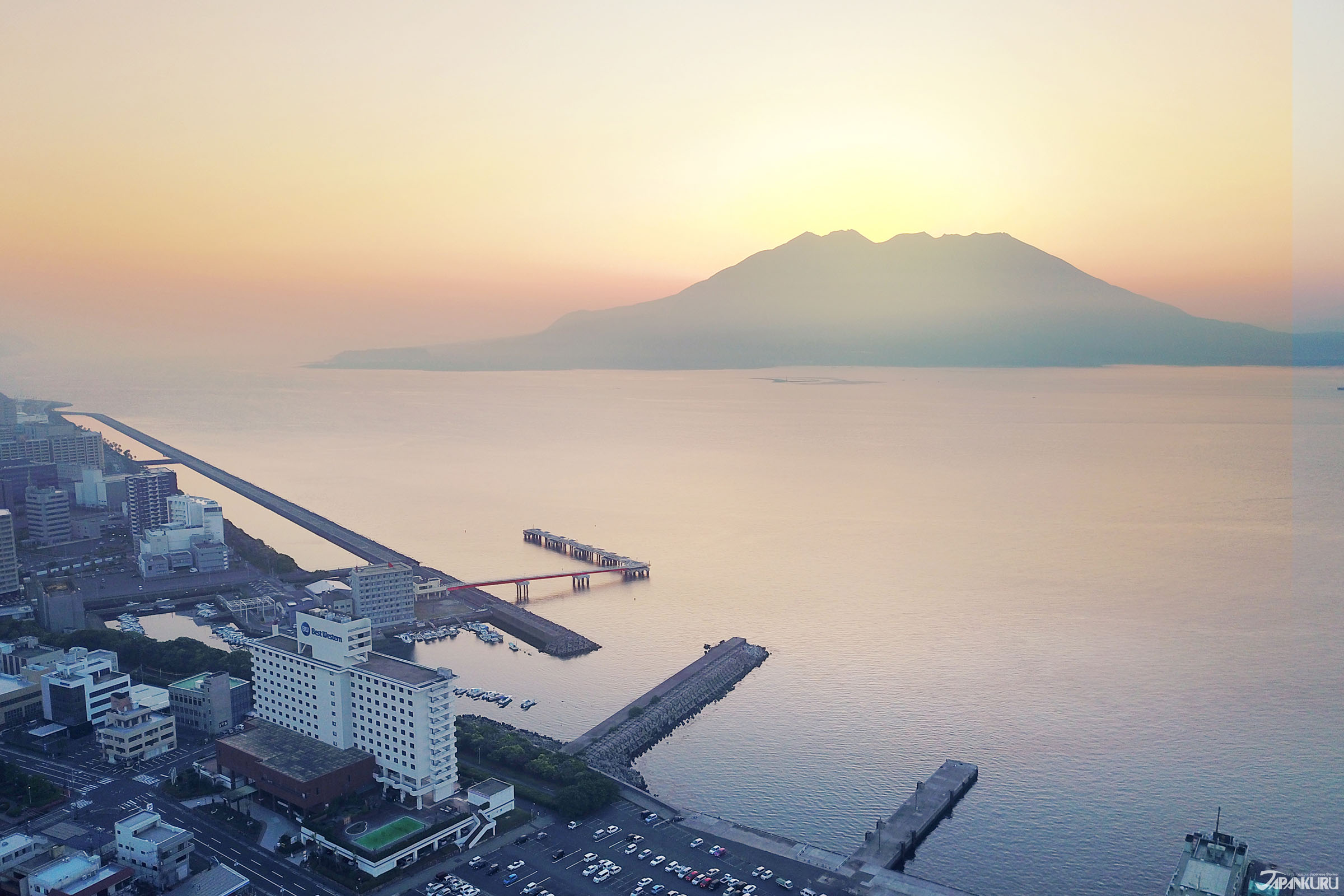
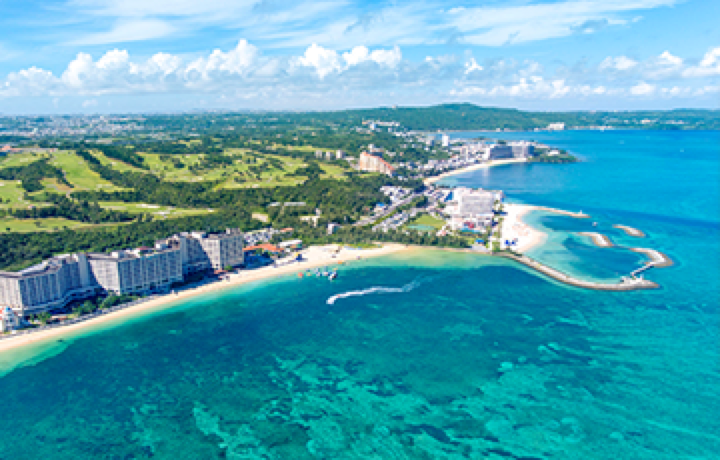


 Oita Hello Kitty Airport
Oita Hello Kitty Airport  Lands April 13th
Lands April 13th



